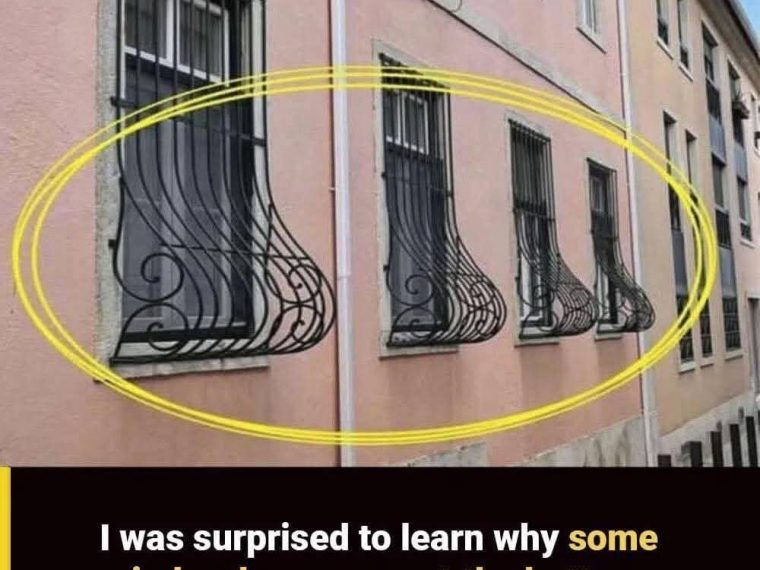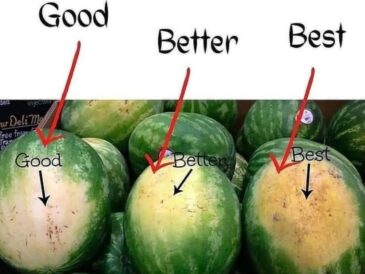Have you ever walked past an older building and noticed that the metal bars on the windows—especially on the lower floors—bulge outward at the bottom? At first glance, it might seem like a stylistic choice or a bit of old-school architectural flair. But the truth behind these curving window bars is much more practical and surprising.
Most people are unaware that this design feature serves multiple functions—from security and ventilation to something as delightful as urban gardening. Let’s uncover the truth behind this mystery of the curved bars.
What Are Curved Window Bars Called?
Curved window bars are sometimes referred to as “belly bars”, “Spanish window guards”, or “Juliet grilles” depending on the region. Unlike straight bars, these bars bulge out at the bottom, creating a sort of shallow basket or cage outside the window.
The Surprising Reason Behind the Curve
🧺 Practical Space for Storage or Use
The main and often overlooked reason for the curved design is simple:
To create additional usable space behind secure bars.
This extra space can be used for:
- Placing flower pots or plants
- Drying small laundry items
- Storing miscellaneous items like tools or shoes
In older or smaller apartments where space is limited, this bit of extra room becomes incredibly valuable.
Historical Origins: A Design Born Out of Necessity
In Mediterranean countries like Spain, Italy, and Portugal, people used these curved window grilles as mini balconies when they didn’t have the space or budget for a real one. It allowed residents to:
- Tend to small herb gardens
- Watch the street while remaining indoors
- Air out clothes or textiles
This practical solution became deeply embedded in local architecture and eventually took on decorative elements, combining beauty and function.
Additional Benefits of Curved Window Bars
TO CONTINUE READING THE ARTICLE PLEASE SEE PAGE 2




